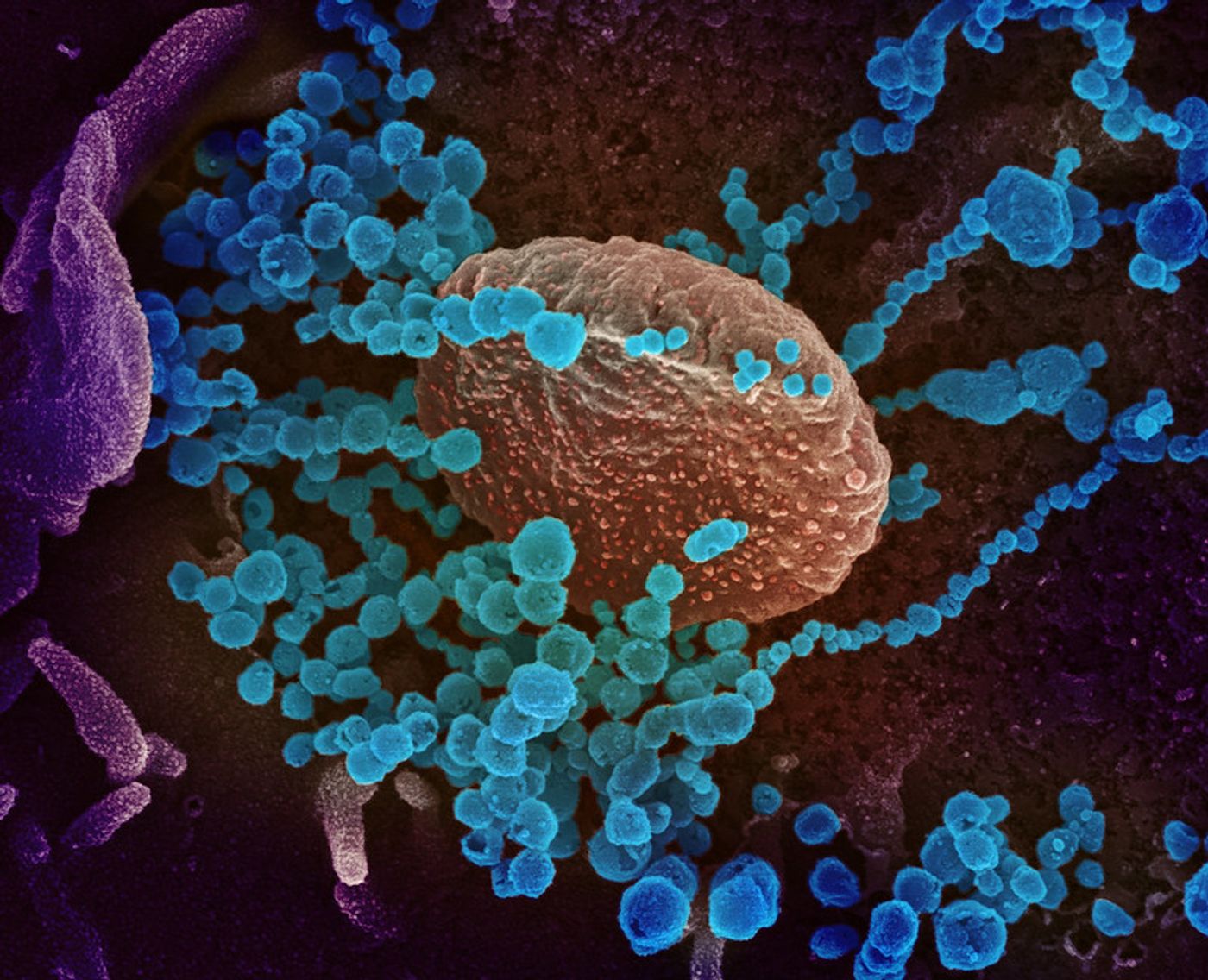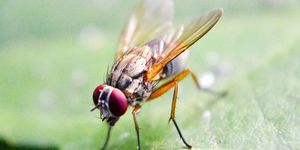Conspiracy Theories Surrounding the Origins of SARS-CoV-2
The origins of SARS-CoV-2, the pandemic virus that causes COVID-19, has become a political issue as leaders seek to place blame for the spread of the disease. There have been several unproven theories that have circulated widely. The evidence points to a natural origin for the virus, and the Federal Emergency Management Agency (FEMA) has even created a website to help debunk conspiracy theories surrounding the pandemic.
The pandemic virus SARS-CoV-2 is a betacoronavirus. These viruses can infect a variety of animals, including cats, cattle, bats, and humans. SARS-CoV-2 is the seventh coronavirus that is known to infect people. Three can cause serious illness: SARS-CoV, MERS-CoV, and SARS-CoV-2, while several others only cause mild symptoms. These viruses originate in bats, a known viral reservoir. The genomic sequence of the virus obtained from patient samples and was published by China early on; these sequences are very similar to those identified in US patients, indicating that the virus probably emerged once. Many early cases in China were connected to a live animal market. Since other coronaviruses have easily jumped from animals to humans, this is a very plausible and likely scenario.
One theory has suggested, however, that the virus was engineered in a lab. Once the viral genome had been sequenced completely, that idea was refuted by an international team of researchers who studied the viral sequence extensively. They found no evidence that it had been created by humans, and said they were confident the virus had natural origins.
Speculation also began to arise about a lab in China that studies viruses, called the Wuhan Institute of Virology (WIV), which is also located in the city where the virus is believed to have emerged. In 2018, there were some concerns about safety at the lab, but what prompted those concerns was vague. Still, it was enough for some to worry that the virus may have been accidentally released from that lab.
But a US researcher that has worked in the facility has pushed back against the idea that the scientists at WIV do not follow proper procedure. "I know that we worked together to develop very stringent safety protocol, and it's highly unlikely this was a lab accident," a University of California, Davis, epidemiologist Jonna Mazet told Business Insider.
A scientist that heads the bat-coronavirus work at the WIV, Shi Zhengli, has previously traced the origin of 2003 SARS coronavirus to one population of bats that lived in a Yunnan cave. When Zhengli first heard about the virus impacting Wuhan on December 30, 2019, she and her lab immediately started to sequence the viral genomes found in COVID-19 patients so they could compare them to the viruses stored and studied in their lab. She said that none of the patient samples matched what they had in the lab. "That really took a load off my mind," Zhengli told Scientific American. "I had not slept a wink for days."
Live Science reported that Zhengli sent a note to her friends on WeChat saying: "I swear with my life, [the virus] has nothing to do with the lab."
The closest relative to SARS-CoV-2 that is studied at WIV is called RaTG13. Evolutionary virologist Edward Holmes of the Charles Perkins Center and the Marie Bashir Institute for Infectious Diseases and Biosecurity at the University of Sydney made a statement noting that "the level of genome sequence divergence between SARS-CoV-2 and RaTG13 is equivalent to an average of 50 years (and at least 20 years) of evolutionary change."
There may never be a way to know the precise origins of the virus that rules out any and all uncertainty, and it may be even more difficult to convince those who suspect otherwise. It does not help that the field is now flooded with preprints and publications that have not been peer-reviewed but are available for public consumption. A retracted study from the Indian Institute of Technology, for example, had suggested that SARS-CoV-2 had an “uncanny similarity” to HIV.
What will remain important is our ability to respond robustly and quickly to disease outbreaks.









